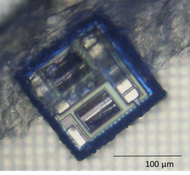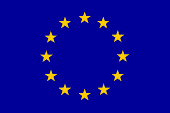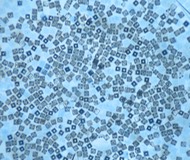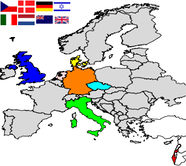The overall objective of WP10 is to develop the theoretical basis for the integration of information processing with material production based on the communication between electronic and chemical systems. The development of an unconventional computing paradigm for the proposed lablet systems is accomplished through a combination of theory, simulation and experiment. The new framework respects the physicochemical lablet embedding and demonstrates key steps towards combined physicochemical and electronic information processing as well as appropriate material construction, organization and operational functions. With the framework we can demonstrate
(i) the self-organizing of precise encoding of translation between electronic and chemical information, with hierarchical generation of functionality by stepwise differentiation
(ii) the interplay between two levels of DNA-directed self-assembly (lablet and molecular) in chemical information processing
(iii) the power of switchable dissociation in increasing the complexity of multi-level chemical information processing, with reference to genetic self-assembly and morphogenesis
(iv) the use of Evolutionary Design of Experiments to optimize lablet functionality, using physical lablet responses (spatal and/or electronic) to observe progress
(v) the power of hybrid amplification and copy processes involving electronic and chemical information at multiple levels (lablet and molecular) for the integration of construction with computation
(vi) a language spanning and encoding chemical material production (construction) problems so that they can be solved by electronic programs (operating with lablets)
(vii) the utilization of electro-chemical interactions as program code for problem solving
Lead SDU Partners UOG, RUBa




